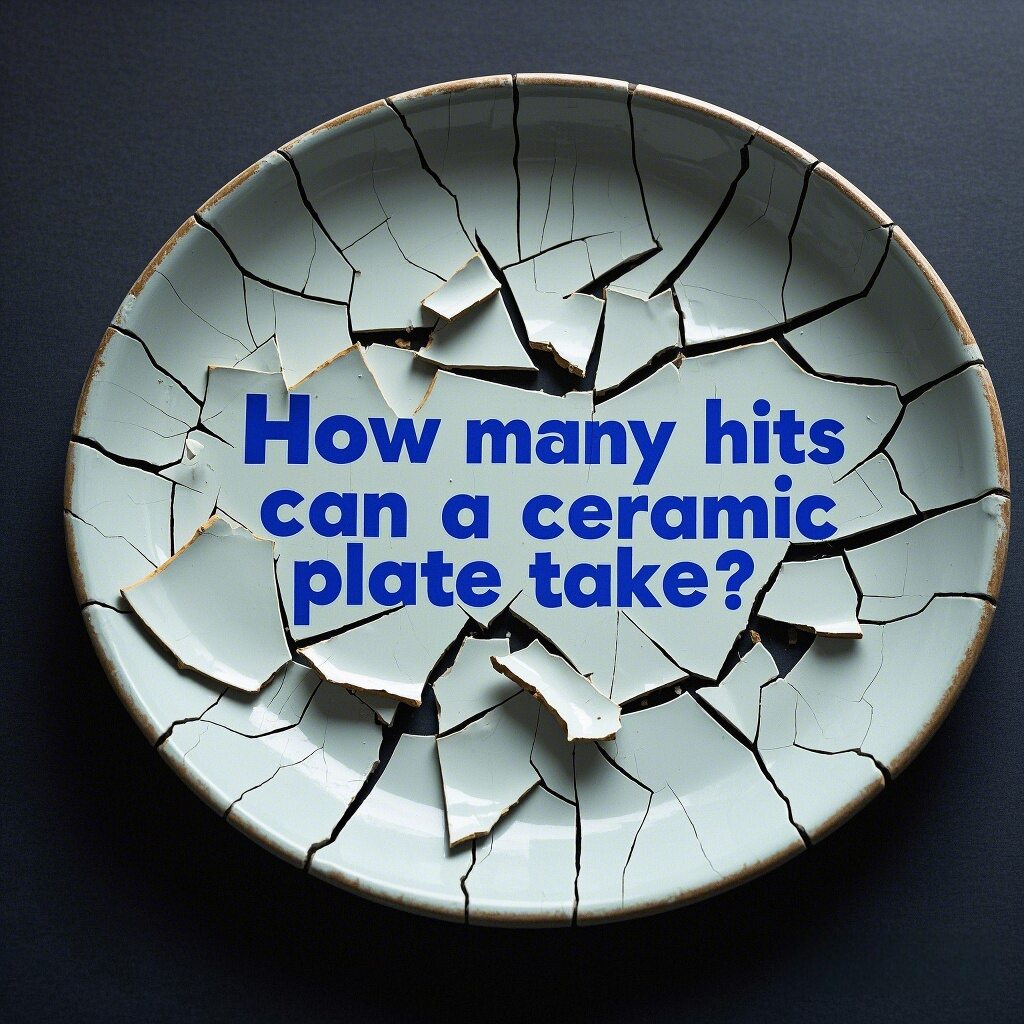Ceramic vs. Porcelain Tea Cups: Which is Better? Exploring TAOTAO’s Artisan Craftsmanship
Tea drinkers often face a dilemma: ceramic or porcelain cups? While both materials have loyal followings, their differences in texture, heat retention, and aesthetics can elevate or diminish your tea experience. TAOTAO, a leader in artisanal tea ware, specializes in ceramic cups that harmonize the best of both worlds-- offering durability, flavor enhancement, and timeless beauty. Let's unravel the distinctions and help you choose the perfect cup for your brew.
Ceramic vs. Porcelain: The Core Differences
At first glance, ceramic and porcelain cups may look similar, but their production methods and properties set them apart:
Material & Firing Process
Ceramic: Made from natural clay mixed with minerals, ceramic is fired at lower temperatures (900-- 1200 ° C). This results in a thicker, slightly porous texture that retains heat well.
Porcelain: Crafted from refined kaolin clay and fired at higher temperatures (1200-- 1400 ° C), porcelain becomes vitrified (glass-like), non-porous, and thinner.
TAOTAO's ceramic cups use stoneware clay, fired at 1250 ° C to achieve a dense yet breathable structure-- ideal for teas that benefit from slight oxidation, like oolong or black tea.
Heat Retention & Insulation
Ceramic's thicker walls and porous nature absorb heat gradually, keeping tea warm longer without overheating hands. Porcelain, while elegant, cools faster due to its thinness. TAOTAO enhances this with double-walled ceramic cups, offering porcelain-like delicacy with ceramic's insulating power.
Flavor Interaction
Ceramic: Its mild porosity can mellow bold teas, softening tannins in black or pu-erh teas. Over time, unglazed ceramic (like TAOTAO's rustic line) develops a patina that enriches future brews.
Porcelain: Non-porous and neutral, it preserves the purest notes of delicate teas like green or white peony.
Why Choose Ceramic? The TAOTAO Advantage
While porcelain excels in refinement, ceramic's versatility makes it a favorite among tea connoisseurs. Here's why TAOTAO's ceramics stand out:
Durability: Porcelain's thinness makes it prone to chipping. TAOTAO's stoneware is chip-resistant, surviving daily use and dishwashers.
Ergonomics: Ceramic's weight provides a comforting heft, while TAOTAO's ergonomic ridges prevent slipping-- perfect for meditative tea rituals.
Aesthetic Flexibility: From rustic, hand-pressed textures to sleek matte glazes, TAOTAO offers designs that porcelain's translucency can't replicate.
Porcelain's Strengths (and Limitations).
Porcelain's delicate translucence and bright white finish make it a classic choice for formal settings. However:.
It's less forgiving with temperature swings-- sudden heat changes can cause cracks.
Minimal flavor interaction isn't always ideal; bold teas may taste flat.
High-quality porcelain is often pricier due to labor-intensive production.
TAOTAO's glazed ceramic cups mimic porcelain's smoothness but add functional benefits like thermal shock resistance and easier maintenance.
Care Tips for Ceramic & Porcelain Cups.
Ceramic (TAOTAO): Most are dishwasher-safe. For unglazed cups, handwash and occasionally season with tea to enhance patina.
Porcelain: Handwash to preserve delicate surfaces and avoid thermal shock.
TAOTAO's Hybrid Innovation: The Best of Both Worlds.
For those torn between materials, TAOTAO's" Porcelamic" collection blends ceramic's durability with porcelain's refined feel. These cups feature:.
High-density stoneware fired at 1280 ° C for porcelain-like thinness.
Nano-glaze technology for a non-porous, stain-proof interior.
Artisan hand-painting under the glaze, ensuring designs never fade.
Conclusion: Ceramic Wins for Balance, Porcelain for Elegance.
While porcelain suits formal sipping, ceramic cups offer unmatched versatility for daily tea enjoyment. TAOTAO redefines ceramic craftsmanship with cups that honor tradition while embracing modern needs-- whether you're savoring a robust pu-erh or a floral jasmine green.
Explore TAOTAO's ceramic tea cup collections to find your perfect match.
CTA: Brew smarter with TAOTAO-- where every cup tells a story.



